EigenLayer Review: The First Restaking Protocol To Earn Profits And Secure Ethereum
In this EigenLayer review, learn how restaking enhances Ethereum’s security, boosts scalability, and rewards stakers while supporting decentralized services.

In this review, we will explore what EigenLayer is, its unique features, how the protocol works, and the potential impact of restaking on Ethereum’s broader ecosystem. Through its modular system and slashing mechanisms, EigenLayer ensures accountability and flexibility, creating new opportunities for both stakers and service providers.
Additionally, we’ll cover the EIGEN token, its role within the protocol, and the future roadmap as outlined in the EigenLayer whitepaper.
What is EigenLayer?
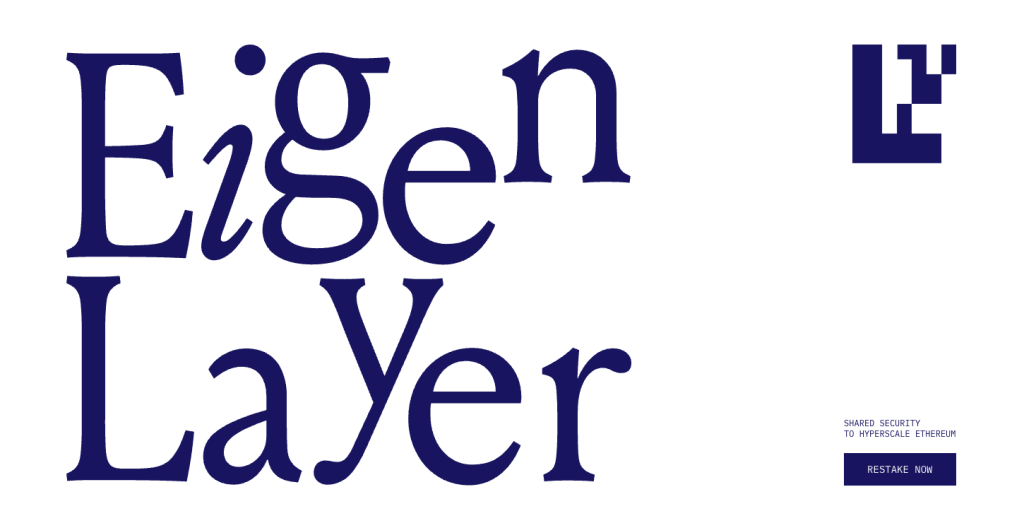
EigenLayer is a decentralized protocol built on Ethereum that introduces an innovative concept known as restaking. The primary goal of EigenLayer is to create an open marketplace for decentralized trust by enabling Ethereum stakers to restake their staked assets in securing all types of decentralized services, therefore achieving scalability and security.
The core purpose of EigenLayer is to unlock more utility from staked ETH by extending its security properties to other networks, protocols, and decentralized applications (dApps). In this process, EigenLayer creates a more robust trust layer for the decentralized economy wherein the Ethereum network will be able to secure not only its chain but a variety of other services that plug into it.
Brief History and Development of EigenLayer
EigenLayer was created to solve the need for decentralized trust and scalable security in Ethereum. The protocol addresses issues with the current staking model by allowing staked ETH to secure multiple decentralized services.
The team officially released EigenLayer docs to explain how the protocol works, focusing on decentralization and collaboration. EigenLayer’s modular system supports services like oracles, bridges, and sidechains, all while staying true to Ethereum’s decentralized principles.
Unique Selling Point of EigenLayer
EigenLayer’s key innovation is restaking, which sets it apart from traditional staking. Normally, staked assets like ETH secure just one network. With EigenLayer, stakers can repurpose their ETH to secure multiple services while still participating in Ethereum’s core staking.
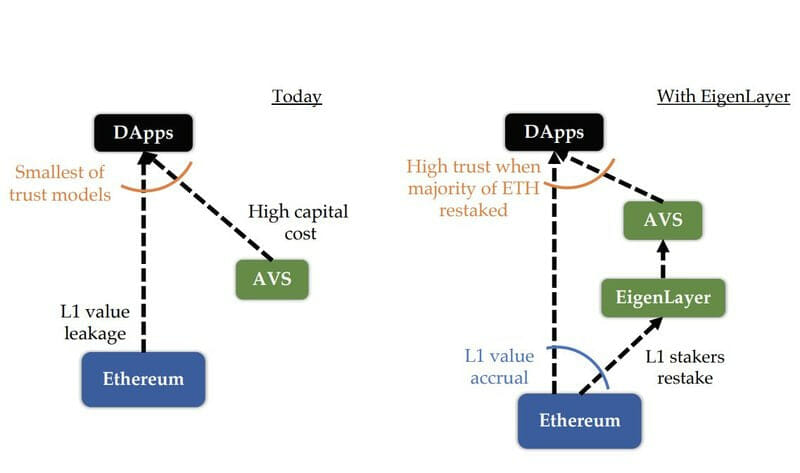
The restaking allows users to earn extra rewards and increase security for several protocols without needing more investment. EigenLayer’s restaking boosts the utility of staked ETH while maintaining Ethereum’s high-security standards.
Key Features of EigenLayer
Restaking
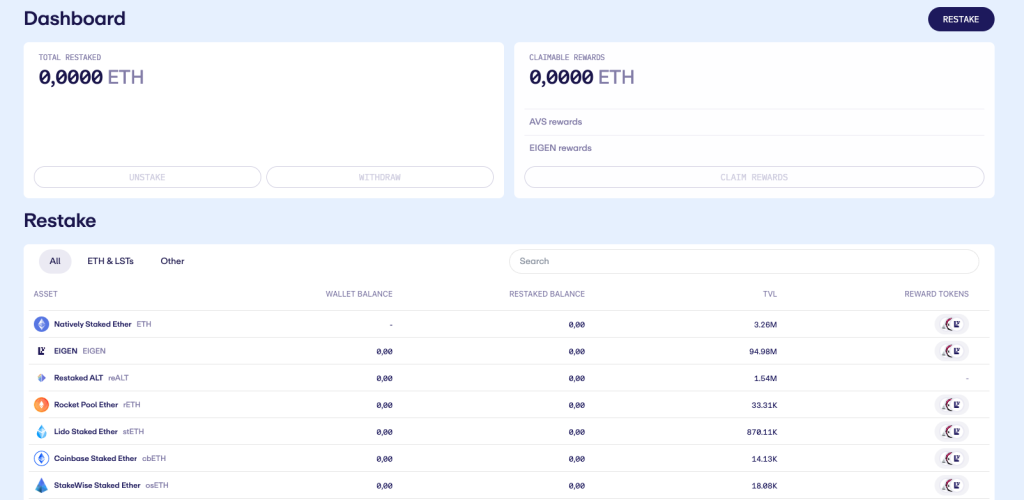
EigenLayer brings this new concept called restaking, which enables users to repurpose their staked ETH from Ethereum to secure other decentralized services. Instead of locking ETH into a single staking purpose, users can extend its use across multiple protocols.
This means that while securing Ethereum’s network, stakers can also help secure other services and applications within the EigenLayer ecosystem, enhancing overall security and creating additional utility for their staked assets.
Restaking Benefits
Restaking allows staked ETH to secure more services creating value in security across a wider array of decentralized applications, making the security layer of Ethereum more scalable without having to depend on additional resources or other investments from stakers.
At the same time, restaking opens possibilities for stakers to gain increased rewards by serving several protocols simultaneously yet keeping the core network of Ethereum secure.
Modularity
The system developed by EigenLayer is modular, meaning it provides flexibility for services to plug into its security framework. Whether it’s decentralized oracles, bridges, or any other decentralized service, EigenLayer allows these protocols to tap into Ethereum’s established staking infrastructure, utilizing the security provided by restaked ETH. The thereof makes developers who want to build secure decentralized services very attracted to the option.
Slashing Mechanisms
To ensure accountability and security, EigenLayer implements slashing mechanisms. These mechanisms penalize any malicious or irresponsible behavior by validators who misuse their restaked assets.
If validators act in ways that compromise the security of the protocols they are securing, a portion of their staked ETH will be “slashed,” or forfeited, as a penalty. Such a system incentivizes validators to act responsibly, helping maintain the integrity and security of the services supported by EigenLayer.
How EigenLayer Works
Restaking Process
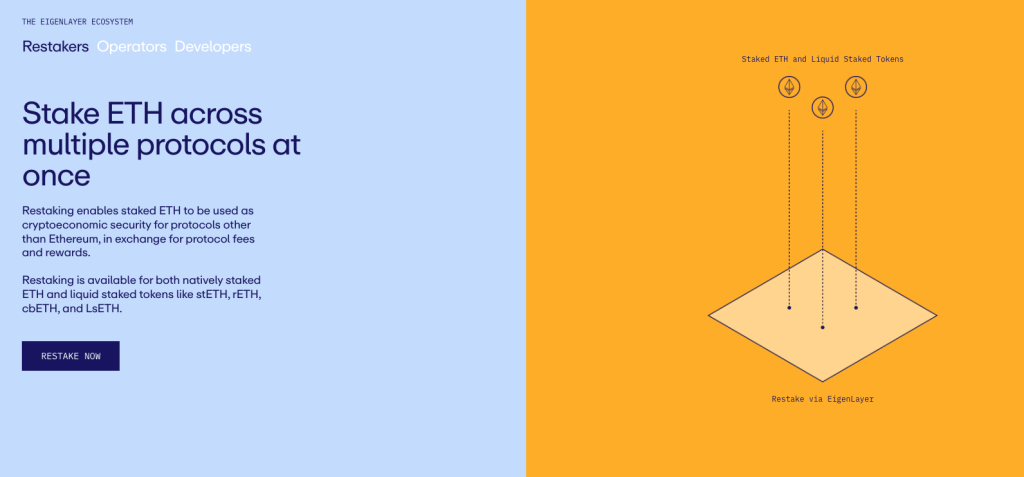
EigenLayer’s restaking process allows Ethereum stakers to use their already staked ETH to secure additional services on the EigenLayer platform. When ETH is staked on Ethereum, it secures the Ethereum network, but EigenLayer gives stakers the option to repurpose that same ETH to secure other decentralized services without needing additional assets. The process involves validators opting into EigenLayer by signing up for restaking services.
By doing so, stakers agree to have their ETH act as collateral not only for Ethereum but also for services that plug into EigenLayer. Validators need to adhere to the security requirements of both Ethereum and the additional services, and they face the risk of slashing if any of the supported services are compromised. EigenLayer uses modular slashing to ensure that any validator misconduct is dealt with promptly, protecting both Ethereum and the connected services.
How Service Providers Plug into EigenLayer
Service providers, such as decentralized oracles, bridges, and other dApps, can integrate with EigenLayer to leverage Ethereum’s security. These providers plug into EigenLayer’s restaked security framework by listing their services on the platform.
EigenLayer offers a flexible and modular approach, allowing service providers to set their specific security needs, which validators can then choose to support.
Read more: gmAI Review: Solution to Increase Efficiency for Solana
Step-to-step Guide to Restake LSTs & Stake EIGEN
Step 1: Open the EigenLayer App and connect your Web3 wallet. Visit EigenLayer on the Ethereum Mainnet at app.eigenlayer.xyz.
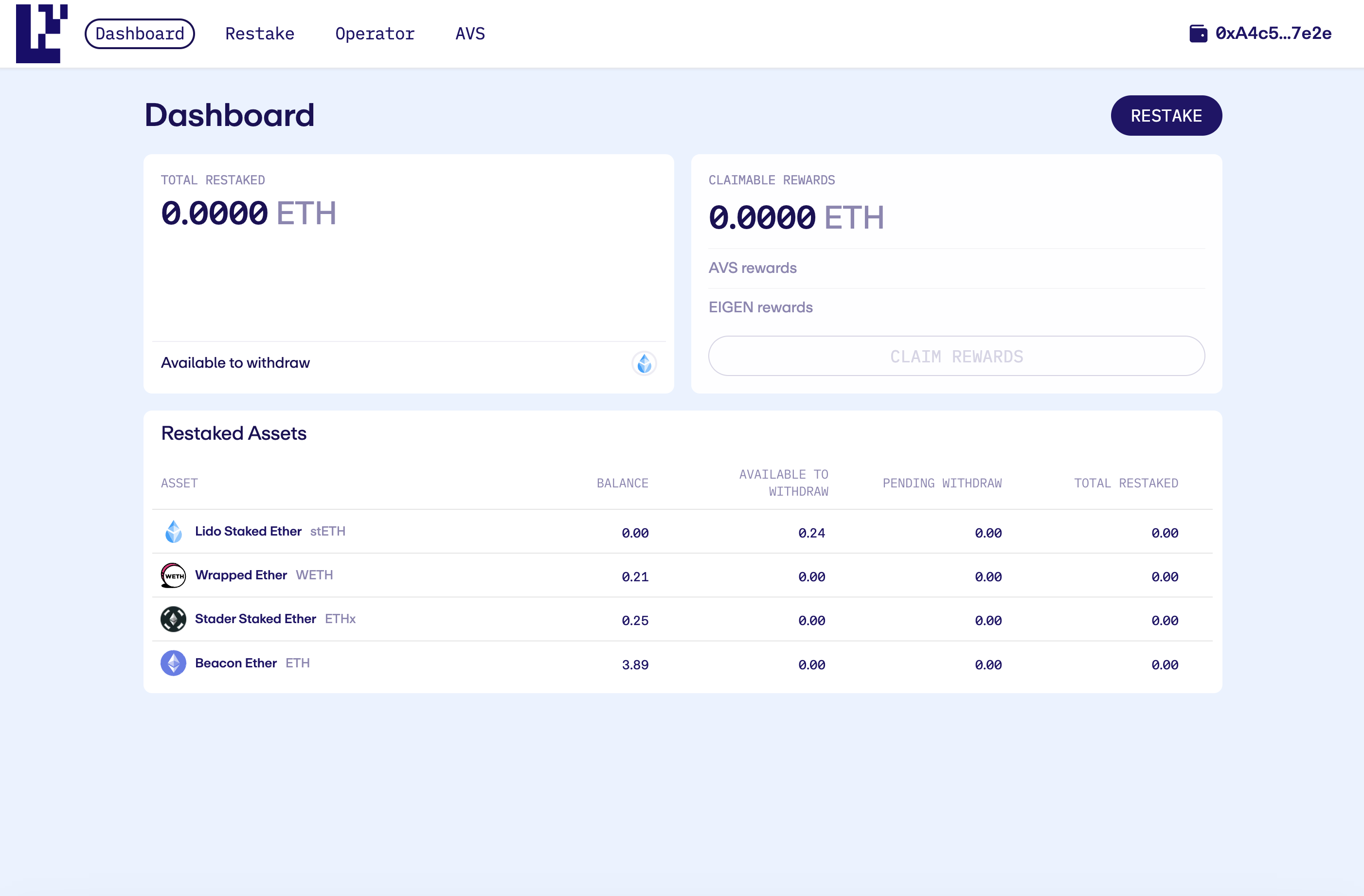
Step 2: Click Restake.
Step 3: Click on the asset you wish to restake. Choose the the amount of the asset you wish to restake. Click Submit to continue.
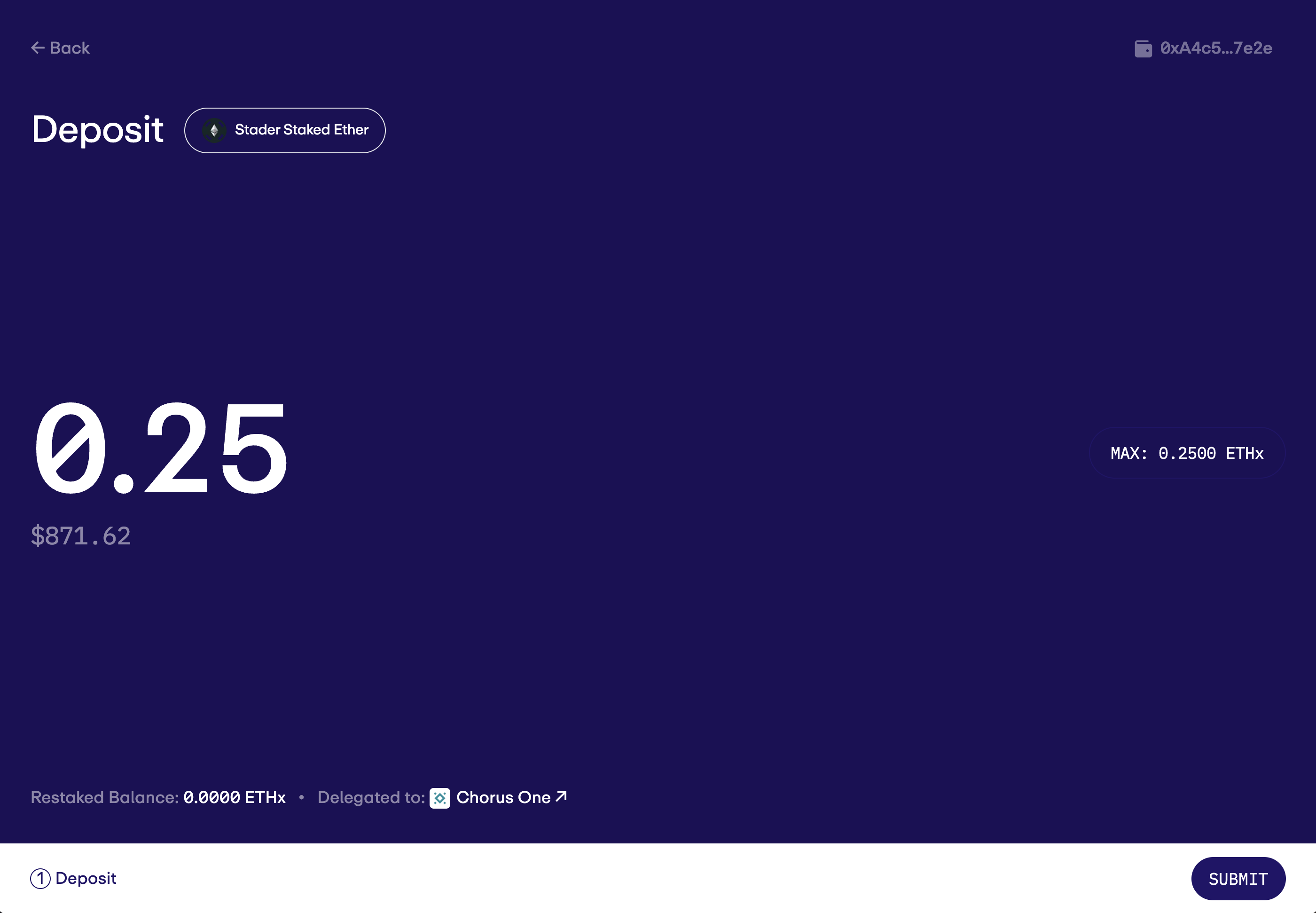
If you have not yet delegated your assets to an Operator, you will be prompted to do so at this step. Click on an Operator then click Submit to continue.
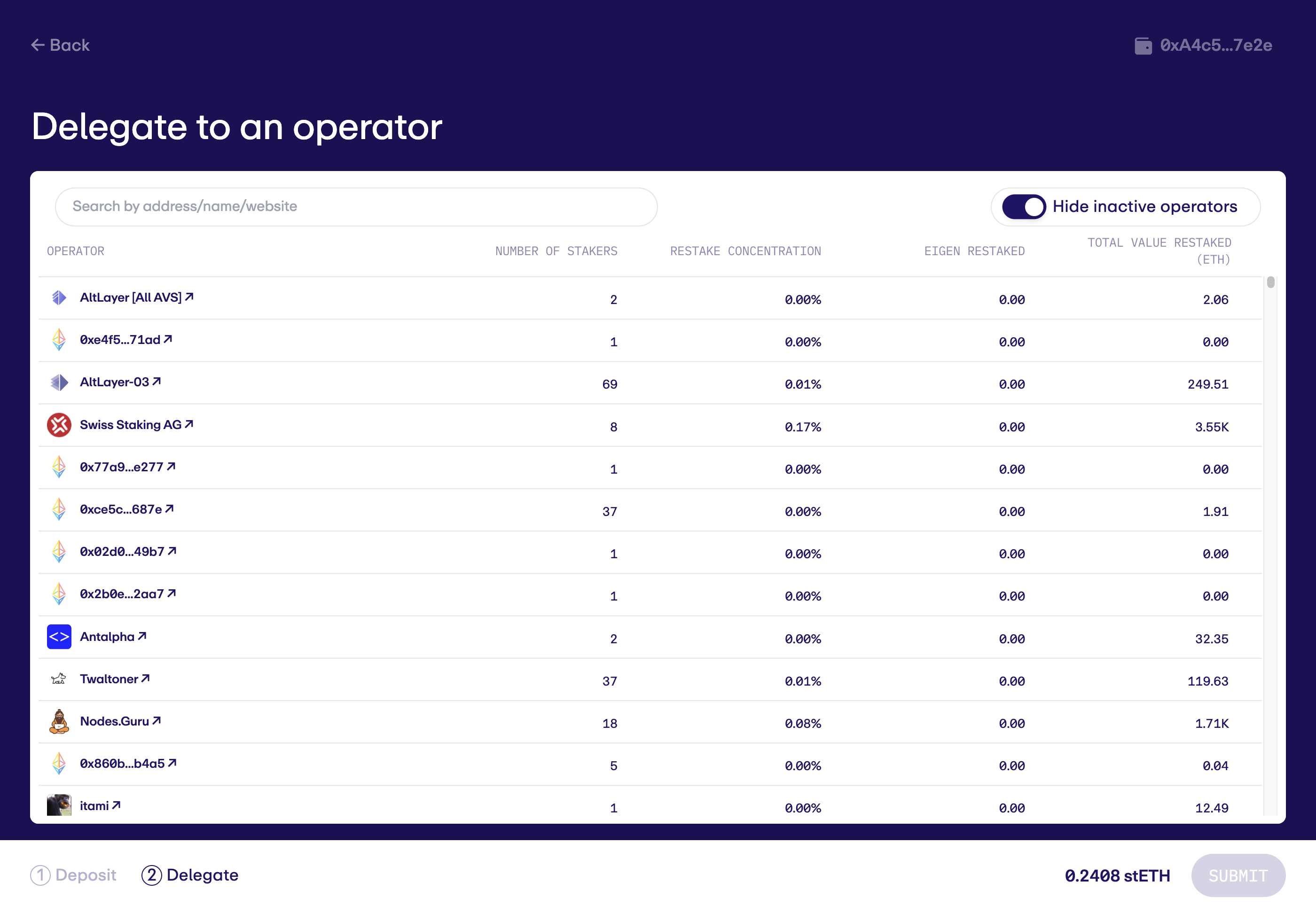
Step 4: Token Approval, Deposit, and Delegate transactions:
- If this is your first time depositing a token on EigenLayer, you’ll need to Approve token spending before you can restake. Token Approval gives a dApp permission to move the specified token from your wallet.
- If you have not yet delegated assets to an Operator, you will receive two transaction prompts: one for the Deposit transaction and second for the Delegate transaction.
Step 5: Sign the transaction(s) via your Web3 wallet to continue.
Step 6: Observe the confirmation that the Restake operation is completed. (Source: EigenLayer Docs)
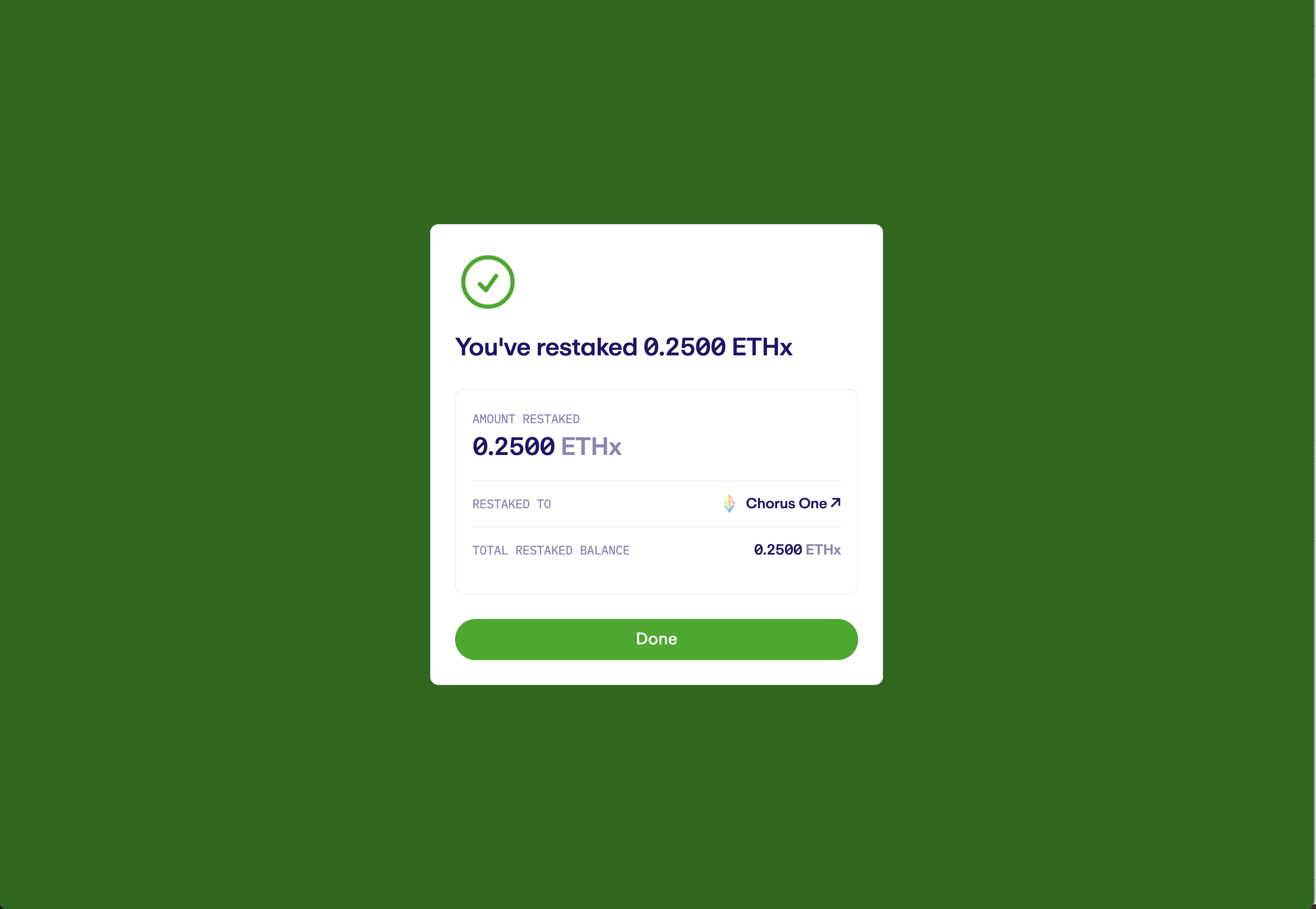
Pros and Cons of Restaking
| Pros | Cons |
|---|---|
| More opportunities to earn by securing multiple networks. | Validators risk losing staked assets if rules are violated. |
| Enhances network resilience, benefiting dApps and protocols. | Higher rewards may lead to stakers prioritizing risky protocols. |
| Token versatility discourages selling, fostering a stable ecosystem. | Restaking could conflict with Layer-1 consensus, impacting its stability. |
EIGEN Token Overview
The EIGEN token is the native utility token of EigenLayer, powering its restaking protocol and governance.
Key Functions of the EIGEN Token:
- Governance: EIGEN holders can vote on important decisions like protocol upgrades and new features.
- Incentives: Stakers and validators earn EIGEN as rewards for securing services through the restaking mechanism.
- Security: EIGEN tokens are at risk of slashing if validators act maliciously, ensuring proper behavior.
Role in the Ecosystem
EIGEN aligns incentives between stakers and service providers, creating a secure, decentralized marketplace where participants can earn rewards for contributing to the network’s security.
EIGEN Token Metrics
- Token Name: EigenLayer token
- Ticker: EIGEN
- Blockchain: Ethereum
- Token Standard: ERC-20
- Contract: 0xec53bF9167f50cDEB3Ae105f56099aaaB9061F83
- Token Type: Utility & Governance
- Total Supply: 1,681,371,19 EIGEN
- Circulating Supply: 186,582,000 EIGEN
EigenLayer Team

Sreeram Kannan, known as the pioneer of Ethereum restaking, is the founder and CEO of EigenLayer. He is also an Associate Professor at the University of Washington, where he has spent the past decade leading research in blockchain, cryptography, AI, and computational biology.
Before launching EigenLayer in 2021, Sreeram held research positions at UC Berkeley and the University of Illinois, focusing on information theory. With over 60 published papers on blockchain scalability and AI, he has become a leading figure in the field. Under his guidance, EigenLayer has raised $171 million, establishing itself as a key player in the Ethereum ecosystem.
Roadmap
Future Plans from the Whitepaper
EigenLayer plans to expand its restaking capabilities and attract more decentralized services. Its goal is to create a secure marketplace where multiple protocols can plug into Ethereum’s security.
Upcoming Features and Improvements
- Better restaking mechanisms for easier use.
- Support for more decentralized services like oracles and bridges.
- Enhanced governance for smoother community involvement.
EigenLayer aims to become a vital part of the Ethereum ecosystem, securing more decentralized apps and services while strengthening Ethereum’s role as a hub for decentralized trust.
Conclusion
EigenLayer represents a significant innovation in the Ethereum ecosystem by introducing the concept of restaking, which allows staked ETH to secure multiple decentralized services. The platform has a modular, flexible design that empowers developers to enable a plethora of services, such as oracles and bridges, sidechains, to utilize Ethereum’s robust security layer.
EigenLayer uses powerful decentralization and accountability enabled through a set of novel slashing mechanisms that ensure responsible behavior from validators and protect Ethereum along with services built on top.
The EIGEN token stands at the core of governance and incentivization, aligning interests between stakers and service providers. Through the ambitious roadmap and broadening support from the Ethereum community, EigenLayer will be in a fine position to spread and further enhance the security infrastructure of the decentralized web.
| DISCLAIMER: The information on this website is provided as general market commentary and does not constitute investment advice. We encourage you to do your own research before investing. |























